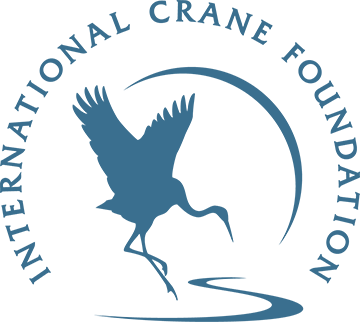Two release methods were used in 2010: Ultralight-guided (Group One) and Direct Autumn Release (Group Two). Group Three includes any successfully fledged wild-hatched Whooping Cranes in the Eastern Migratory Population!… Continue reading Class of 2010
Results for "���������� ���������� �������������� ���� ���������� ������������������ bit.ly/psy3000"
Class of 2008
Two release methods were used in 2008: Ultralight-guided (Group One) and Direct Autumn Release (Group Two). All Whooping Cranes released in 2008 under the aircraft-guided method learned a migration route… Continue reading Class of 2008
Class of 2007
Two release methods were used in 2007: Ultralight-guided (Group One) and Direct Autumn Release (Group Two). All Whooping cranes released in 2007 under the aircraft-guided method learned a migration route… Continue reading Class of 2007
Class of 2006
Two release methods were used in 2006: Ultralight-guided (Group One) and Direct Autumn Release (Group Two). Group Three includes the first successfully fledged wild hatched Whooping Crane in the Eastern… Continue reading Class of 2006
Class of 2005
This is the first year the Whooping Crane Eastern Partnership utilized two release methods: Ultralight-guided and Direct Autumn Release (DAR). The DAR method also involves costume handlers raising the young… Continue reading Class of 2005
Class of 2004
All Whooping Cranes released in 2004 were raised by costumed handlers and learned a migration route by following Operation Migration’s aircraft from Necedah National Wildlife Refuge in Juneau County, Wisconsin,… Continue reading Class of 2004
Class of 2017
This year, the reintroduction partnership is using two release methods: Group One – Modified Costume-Rearing (CR) and Group Two – Parent-Rearing (PR). Group Three includes any wild-hatched Whooping Crane chicks… Continue reading Class of 2017
Class of 2003
The third year of the reintroduction! The aircraft-guided method was used to teach these young Whooping Cranes a migration route from the Necedah National Wildlife Refuge in Central Wisconsin to… Continue reading Class of 2003
Class of 2002
All Whooping Cranes released in 2002 were raised by costumed handlers and learned a migration route by following Operation Migration’s aircraft from Necedah National Wildlife Refuge in Juneau County, Wisconsin… Continue reading Class of 2002
Class of 2001 Whooping Cranes – The Pioneers!
This was the very first cohort of Whooping Cranes released into the Eastern Migratory Population! All Whooping Cranes released in 2001 were raised by costumed handlers and learned their migration… Continue reading Class of 2001 Whooping Cranes – The Pioneers!
